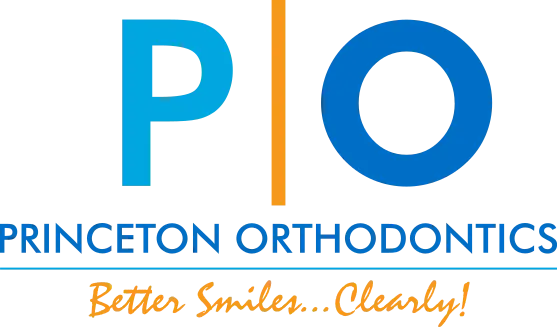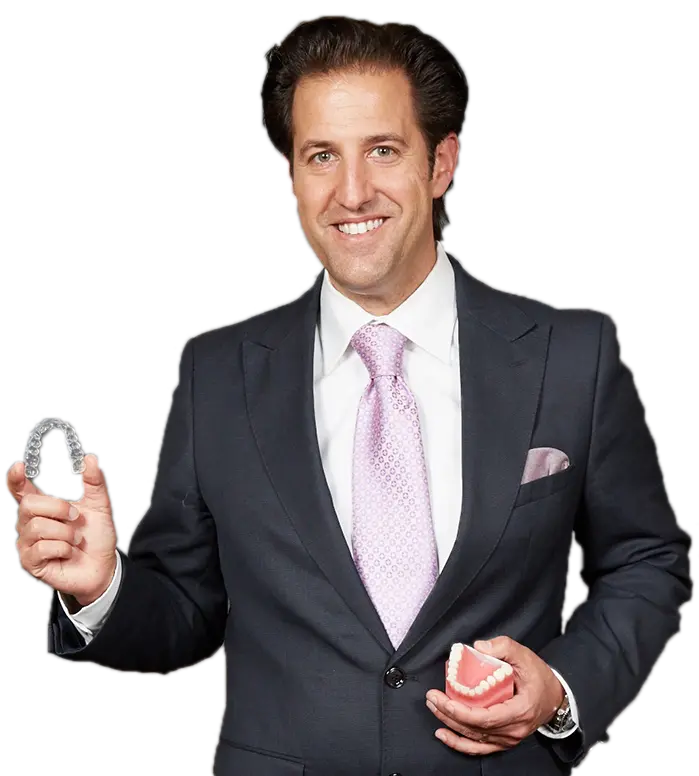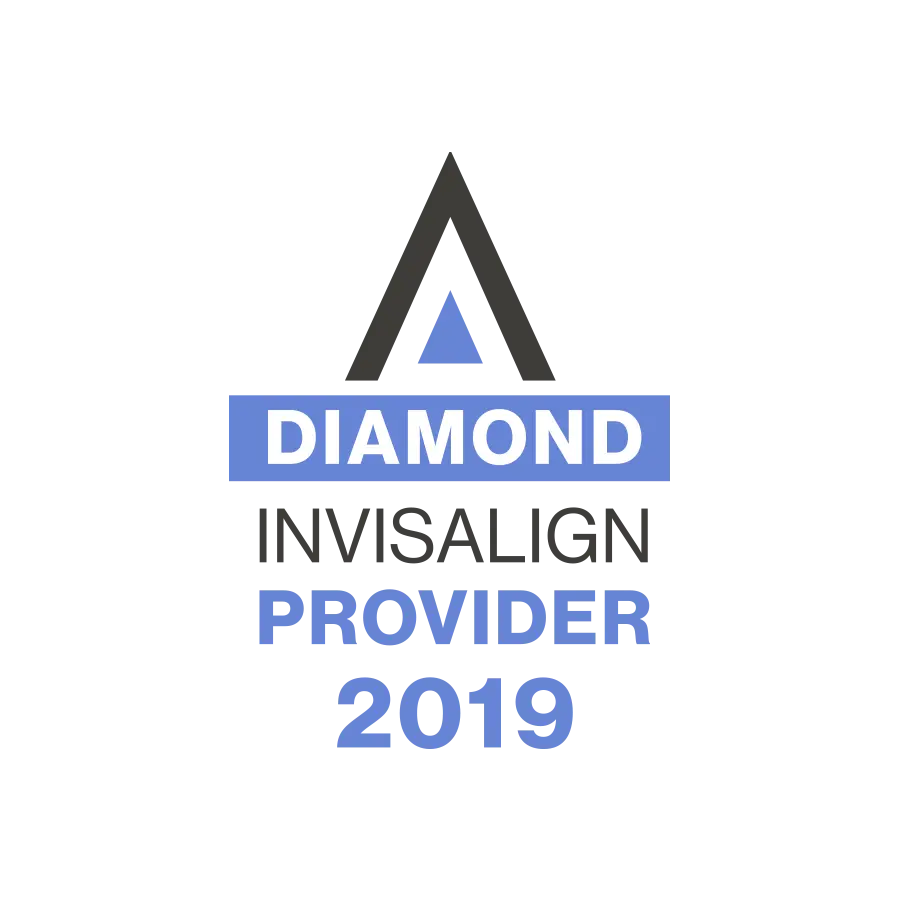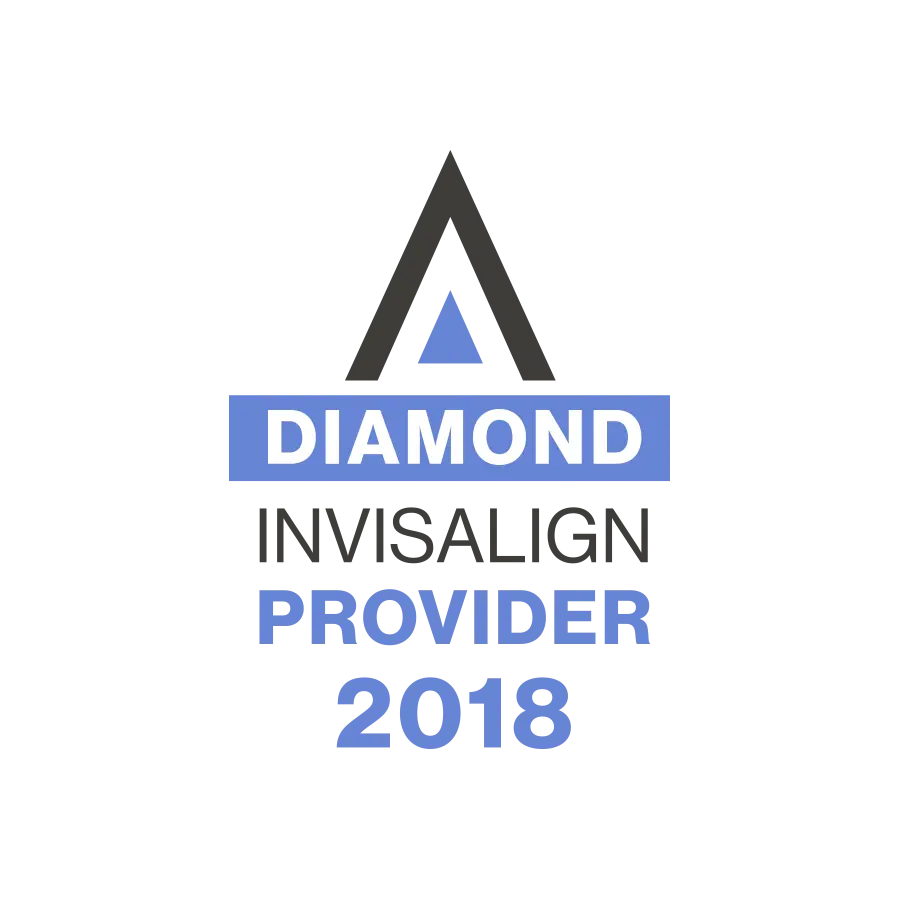What Does an Orthodontist Do?
Have you ever wondered, “What does an orthodontist do?” If so, you’re far from alone. With so many different specialists out there, it can be confusing when it comes to orthodontists. Take a moment to find out what role orthodontists play in your oral health. Then, you can schedule a consultation to see if you would benefit from orthodontic treatment.
Prevention and Correction
An orthodontist is a dental specialist who has completed dental school and an orthodontic residency program. During training, orthodontists learn how to prevent and treat facial and dental issues. These include crowding, spacing, underbites, and overbites, although that’s far from an all-inclusive list.
Orthodontists are specially trained to look for problems that might appear in the future. Then, they can use preventative treatments to correct them before they arise. They can also treat problems that have already occurred. For instance, many adults go to the orthodontist for Invisalign or braces to treat bite issues they’ve had since they were children.
What Does an Orthodontist Do for Early Treatment?
When asking, “What does an orthodontist do?” you likely want to learn about your treatment options. First, orthodontists offer early treatment. Children often start early treatment around the age of seven. This is based on the recommendation by the American Association of Orthodontics.
The Princeton orthodontist will evaluate the bite and jaw alignment and analyze the adult teeth that are forming. If the jaw and bite are developing as they should, your child will get a clean bill of health from the orthodontist. However, the provider might notice problems and recommend treatment.
Early treatment is also referred to as interceptive treatment. It can be used to ensure that adult teeth have ample room to erupt. The orthodontist might also manipulate the jaw growth to ensure the face is symmetrical. Early treatment can even reduce the length of time your child will have to wear braces in the future and even lower the risk of tooth extractions down the road.
Types of Early Treatment – Role of an Orthodontist
Your orthodontist provides various types of early treatment. Retainers, partial braces, and palatal expanders are the most common. However, there are other options as well. You can discuss what is best for your child during the consultation.
What Does an Orthodontist Do for Teens and Adults?
Orthodontists also treat adolescents and adults for alignment and bite issues. Most often, people go to the orthodontist to get braces or Invisalign. Braces are available in traditional metal and ceramic and are affixed to the teeth.
The wires and brackets move the teeth into position. You’ll have to go back to get your braces tightened from time to time. This will allow the orthodontist to control the movement so the teeth reach the desired position.
Invisalign is available for both adults and teens as well. These clear plastic aligners are removable, so you can still eat your favorite foods and play sports without worrying about an injury.
While most orthodontists offer Invisalign, some providers stand out among the rest. Before choosing an orthodontist, look at the experience level. VIP: Diamond Plus Invisalign providers make up the top 1 percent of all orthodontists who offer the service.
Beyond Alignment Issues
While most people visit the orthodontist to correct alignment issues, these providers can help with additional problems as well. For example, you can visit the orthodontist if you have jaw pain or sleep apnea. If you are unsure if an orthodontist can help you, you can discuss it during a consultation. Then, you’ll find out if you’ll benefit from orthodontic treatment.
An Orthodontist Creates Customized Treatment Plans
Orthodontists understand that every mouth is unique. Because of that, you will get a customized treatment plan to correct your issue. Your orthodontist will use technology to diagnose and develop the plan. In some cases, you can even see images of what your mouth will look like when the treatment is over.
When Should You Visit an Orthodontist?
Kids should visit the orthodontist by the age of 7, although they can go when they turn 6. Adults should visit any time they notice an issue they need to address. This includes alignment issues and jaw pain.
Often, adults develop issues later in life. For instance, if you grind your teeth, the force could move your teeth out of alignment. Thus, you might have to visit the orthodontist for braces or Invisalign to get your teeth back into alignment. If you don’t do that, you could end up losing teeth later in life. In addition, you might harm your jaw.
Orthodontists Vs. Dentists
While orthodontists and dentists both take care of your oral health, the two differ. You should go to the dentist for routine cleanings and restorations, such as fillings. Your dentist can also provide some cosmetic services, including teeth whitening and veneers.
However, dentists don’t have the training to correct alignment and jaw problems. Even so, some offer Invisalign. Because they don’t have the proper training, you might not like the results if you get Invisalign from the dentist. In fact, you might end up having to visit an orthodontist to correct issues that develop as a result of a poor treatment plan. Thus, it makes sense to choose an orthodontist any time you’re dealing with an alignment issue.
Looking for an Orthodontist?
Schedule a Consultation Today
You can learn even more about the role of an orthodontist by scheduling a consultation. Dr. Jonathan Nicozisis of Princeton Orthodontics provides virtual and in-person consultations. Our practice works with children and adults and creates customized treatment plans for both.
Call our Princeton, NJ, office at (609) 924-7098 to schedule a consultation or book an appointment online. Then, you can discuss your situation and determine if orthodontic treatment is right for you. If it is, Dr. Nicozisis will discuss the options for you.





